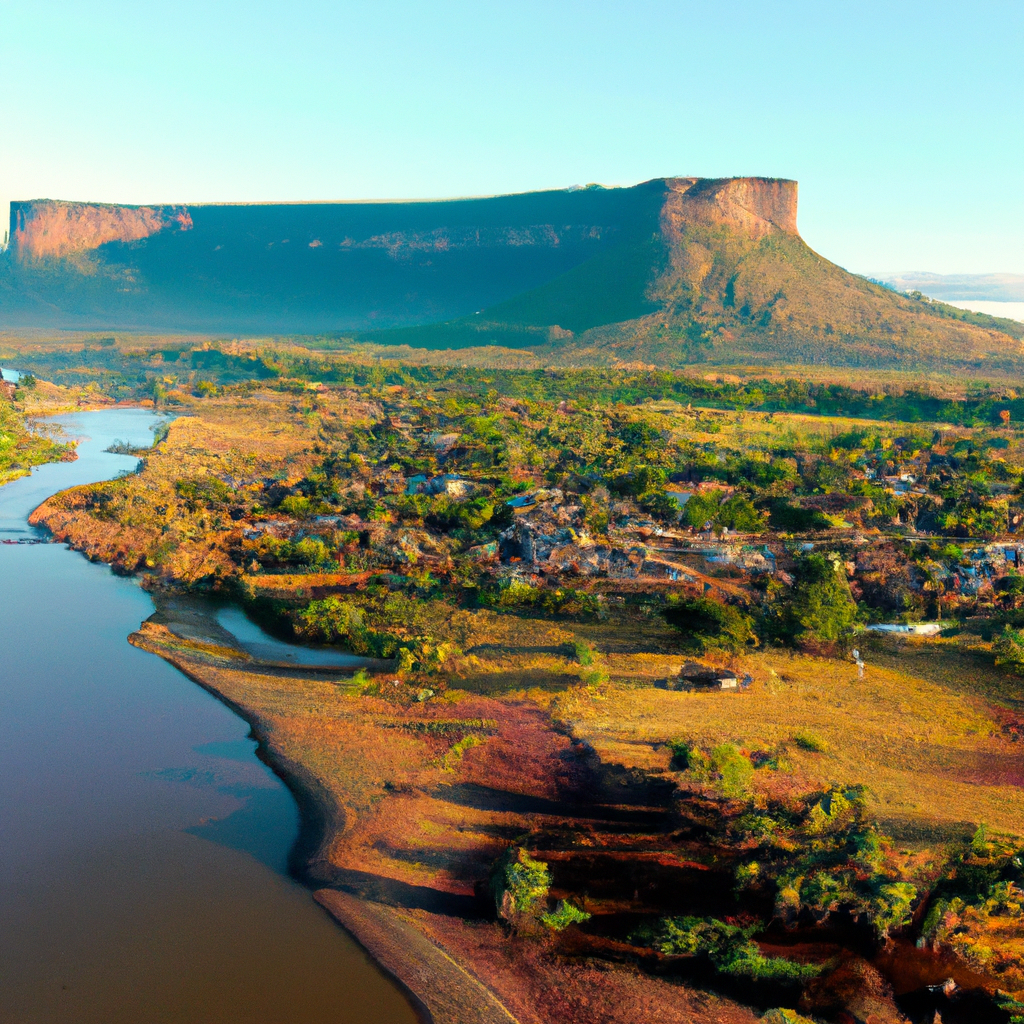Wildlife photography is the art of capturing animals in their natural habitats. It is a challenging and rewarding genre of photography that requires a unique set of skills and techniques. Professional wildlife photographers use a combination of technical expertise, creativity, and knowledge of animal behavior to capture stunning images of wildlife. In this article, we will explore the techniques of professional wildlife photography, including tips, equipment, and best practices.
Equipment for Wildlife Photography
One of the most important aspects of wildlife photography is the equipment used. Professional photographers use high-quality cameras, lenses, and accessories to capture stunning images of animals in their natural habitats. Some of the essential equipment for wildlife photography includes:
– Camera: A high-quality camera is essential for capturing detailed images. Professional wildlife photographers usually use DSLR or mirrorless cameras with full-frame sensors, which offer better image quality and low-light performance.
– Lens: A good lens is crucial for wildlife photography. Professional photographers use telephoto lenses with long focal lengths (e.g., 400mm, 600mm, or 800mm) to capture distant subjects without disturbing them. They also use wide-angle lenses for capturing animals in their environment.
– Tripod: A sturdy tripod is essential for stability and sharpness, especially when using long lenses.
– Accessories: Professional wildlife photographers use accessories like bean bags, camouflage, and blinds to get closer to their subjects without being noticed.
Techniques for Wildlife Photography
To capture stunning wildlife images, professional photographers use a variety of techniques, including:
1. Patience: Wildlife photography requires patience and persistence. Professional photographers may spend hours waiting for the perfect shot, observing their subjects’ behavior and movements.
2. Composition: Composition is crucial in wildlife photography. Professional photographers use various techniques to create compelling images, such as the rule of thirds, leading lines, and framing.
3. Light: Light is essential in photography. Professional wildlife photographers use natural light to their advantage, taking advantage of the golden hours of the day (early morning and late afternoon) when the light is softer and more flattering.
4. Shutter Speed: Shutter speed is crucial in wildlife photography, especially when capturing fast-moving animals. Professional photographers use high shutter speeds to freeze the action and avoid motion blur.
5. Depth of Field: Depth of field is the area in focus in an image. Professional wildlife photographers use shallow depth of field to isolate their subjects from the background and create a more dramatic effect.
Wildlife Photography Tips
Here are some tips for capturing stunning wildlife images:
– Research your subjects: Before going out to photograph wildlife, do your research. Learn about the animals you want to photograph, their behavior, and their habitats.
– Be patient: Wildlife photography requires patience and persistence. Be prepared to wait for hours for the perfect shot.
– Use natural light: Natural light is essential in wildlife photography. Take advantage of the golden hours of the day when the light is softer and more flattering.
– Get down to eye level: To create a more intimate and engaging image, get down to your subject’s eye level.
– Be respectful: Always respect the animals you are photographing. Do not disturb them or their habitats.
Conclusion
Professional wildlife photography is a challenging and rewarding genre of photography that requires a unique set of skills and techniques. To capture stunning images of wildlife, professional photographers use high-quality equipment and a combination of patience, composition, light, shutter speed, and depth of field. By following these tips and techniques, you too can capture beautiful images of animals in their natural habitats. Remember to always respect the animals and their habitats, and happy shooting!







